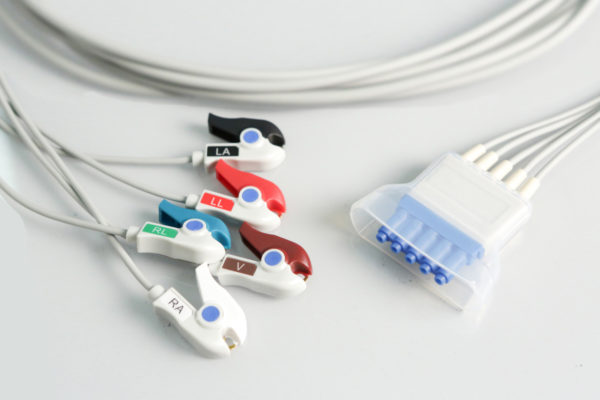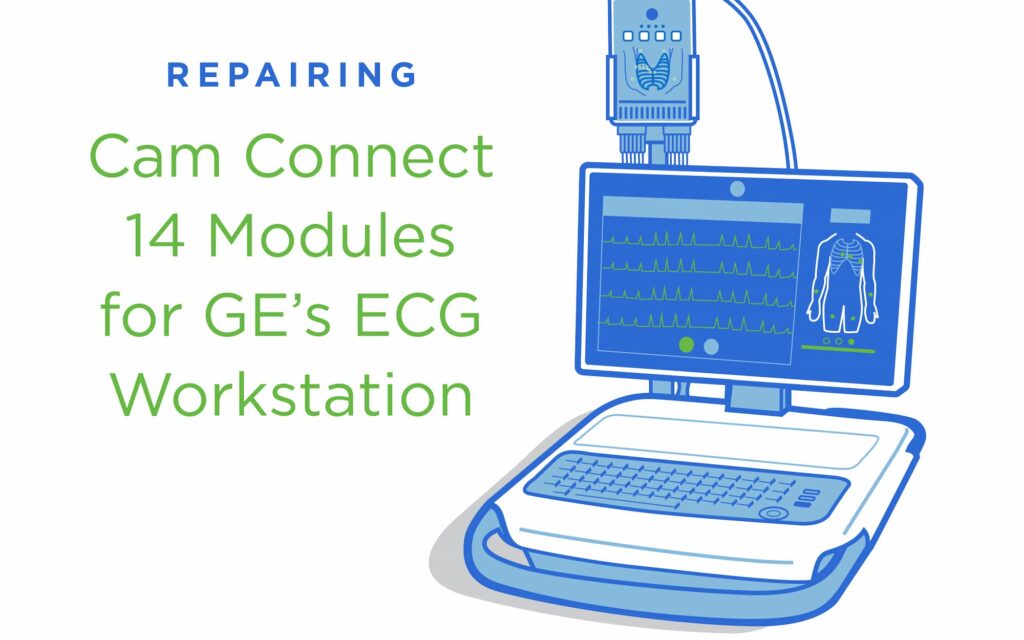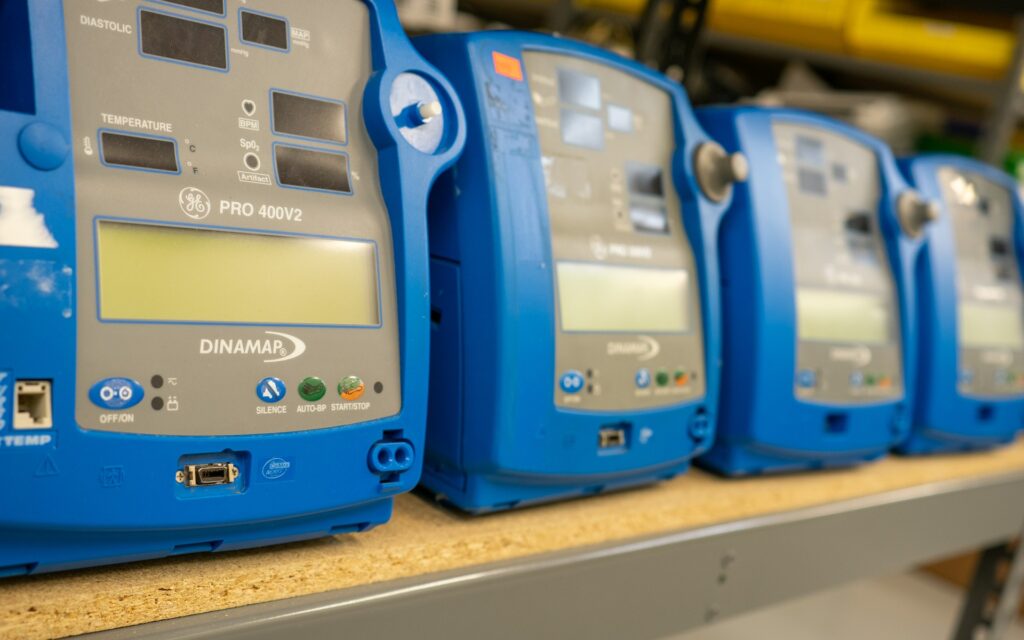Although healthcare may be one of the last industries to digitize, its digital transformation is definitely underway. One of the tools hospitals and health systems utilize to reduce costs while improving outcomes is remote patient monitoring (RPM) technology. The benefits of this type of patient care include a constant relationship between caregivers and patients, offering providers a consistent stream of real-time health data, and extending the reach of physicians.
Today, RPM devices are becoming increasingly smarter and more affordable. This presents device manufacturers that have traditionally targeted clinics and hospitals with consumer revenue channels.
What Is RPM?
Remote patient monitoring is a type of healthcare delivery method that utilizes technology to monitor a patient’s health while not in a traditional clinical setting. It electronically transmits information between physicians and patients. This method is only one of many delivery systems that fall within the telehealth industry.
What Are RPM Devices?
Some common examples of RPM devices include digital blood pressure cuffs that allow patients to send blood pressure and pulse information remotely. Also, it often involves voice applications that can remind those with diabetes to take their insulin, and patient cables such as patient cables L01-05-29PC.
How Do RPM Systems Work?
Most telehealth delivery methods require that patients live in rural areas or interactive audio-video. RPM systems, however, only require technology that allows for the collection and interpretation of physiological data. Medicare covers RPM services just as it would for in-person clinical services.
The Top RPM Companies
Providers are turning more and more to RPM technology for improving patient outcomes, cutting down on more expensive services, and limiting costs. Therefore, both industry veterans and newcomers are wanting their piece of the growing RPM market.
Top RPM solution providers include:
- Philips Healthcare
- Honeywell Life Sciences
- Dexcom
- Senseonics
- Medtronic
- ResMed
RPM Market Statistics and Trends
Providers who use RPM technology are effectively reducing hospital readmissions, with the University of Pittsburgh Medical Center reducing the risk of readmissions by 76 percent and reports patient satisfaction at more than 90 percent.
Seniors, a cohort with a high incidence of multiple chronic diseases, are driving positive ROI in the industry. One report surveyed 25 heath organizations that were running RPM systems. The survey found that 38 percent of the organizations reduced readmissions with 17 percent citing cost reductions.
The next trend on the horizon in remote patient monitoring is miniaturization. Manufacturers are making their RPM solutions less invasive, smaller, and partnering with newcomers to expand market share. One example of this type of partnering is between Dexcom and the Alphabet’s life sciences unit, Verily. This partnership was for a new, implantable diabetes sensor that can transmit health data to smartphones and RPM devices via Bluetooth.
For any and all of your RPM needs, Sage Services would love to provide you with quality devices and replacement parts, such as 989803152051, LDW-05BU-29AS-0000, and LW-3090S29/5AT.



